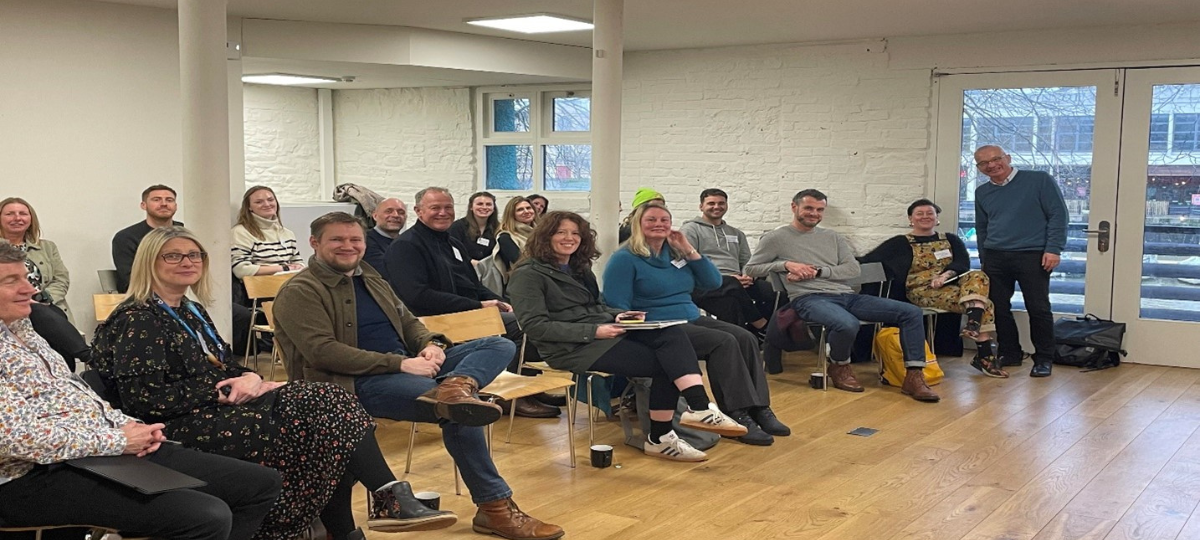
Both employers and employees benefit when there is a feeling of trust at work. I think building trust is the most important aspect of a company culture as it brings engagement, productivity and wellbeing benefits. But it doesn’t happen without hard work – and it can quickly vanish if trust is breached.
As a culture and employee engagement specialist, I’ve helped organisations build passionate and engaged teams. Trust is what encourages people to go above and beyond, and it also helps to develop capabilities and levels of confidence that wouldn’t be there without it.
But it’s not all good news. Employee surveys regularly show that as much as 25% of the workforce don’t feel trusted by their employers. This means organisations risk missing out on the benefits that trust can bring. To address this, employers need to work on building higher levels of trust.
Building trust creates the purpose and belonging that employees increasingly want. Higher levels of trust bring a number of benefits – more energy, more collaboration, more happiness and greater productivity as a result. What’s more, trust is at the core of an effective team – perfectly described in this quote.
“A team is not a group of people who work together. A team is a group of people who trust each other.” Simon Sinek.
There is plenty of evidence to support the value of trust. Research has found that trusting employees are 260% more motivated to work, have 41% lower rates of absenteeism, and are 50% less likely to look for another job. (Source: MITSloan, 2023).
Feeling trusted makes us proud of where we work, increases loyalty and reduces turnover. There are wellbeing benefits too. Stress levels are lower, as is the risk of anxiety and burnout.
So, building trust is well worth the effort – but how do you do it?
In addition, we received some very constructive comments in the session. Here are some of the highlights that I believe could be of help in other organisations:
One way to do this is through a culture audit. It becomes very clear when trust exists and when it does not. I ask people what happens when things don’t go according to plan, or a mistake is made. Is it considered to be a learning experience or an opportunity to get out the disciplinary process? It’s often the language people use that is key.
If you’d like to know more about how a culture audit works and what you are likely to learn, please get in touch.
Please contact me if you want to chat through a scenario or need my help in auditing your levels of trust with recommendations for actions you can take.
Rich Roberts
Hello my name is Rich Roberts and I’ve been a freelance Culture and People Consultant for over ten years helping to build high performing teams through having a positive,engaging and motivating culture.
You need to load content from reCAPTCHA to submit the form. Please note that doing so will share data with third-party providers.
More InformationNotifications